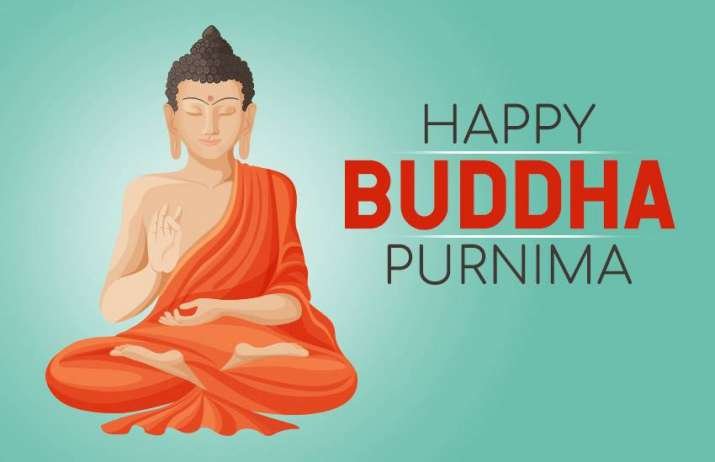History of Buddha Jayanti
Gautam Buddha Jayanti is a yearly celebration celebrated by Buddhists to stamp the birth commemoration of Prince Siddhartha Gautam or Gautam Buddha. The celebration is commended as a public occasion in Asian nations like Japan, China, Indonesia, Malaysia, Nepal, Philippines, and others remembering India and celebrated for different ways. In Southeast Asia, it is commended as Vesak, which places more prominent accentuation on edification and passing of Buddha. At 29 years old, he left his family and started his way towards illumination in the wake of seeing human affliction. Numerous Hindu accept that Lord Buddha is the 10th manifestation of Lord Vishnu.
Buddhists respect Lumbini (which is currently important for Nepal) to be the origination of Buddha. Named Siddhartha Gautama, he was conceived as a ruler into an imperial family at some point in the fifth or sixth century BC. In any case, at 29 years old, he left his family and started his mission for edification after seeing the degree of human enduring beyond his lavish castle. He got illuminated while contemplating under a holy fig tree at Bodhgaya, in the Indian territory of Bihar, and is accepted to have lived and shown generally in eastern India.
Buddha is accepted to have died at Kushinagar in Uttar Pradesh, at 80 years old. Numerous Hindus trust Buddha to be the 10th manifestation of Lord Vishnu, as demonstrated in sacred texts.
Importance
Buddha Jayanti is a tranquil and uplifting event. Numerous Buddhists visit sanctuaries on Buddha Jayanti to tune in to priests give talks and discuss antiquated sections. Dedicated Buddhists may go throughout the day in at least one sanctuaries. A few sanctuaries show a little sculpture of Buddha as a child. The sculpture is set in a bowl loaded up with water and adorned with blossoms. Guests to the sanctuary pour water over the sculpture. This represents an unadulterated and fresh start. Different sculptures of Buddha are revered by contributions of incense, blossoms, candles and organic product.
Buddhists give unique consideration to Buddha’s lessons Buddha Jayanti. They give cash, food, or merchandise to associations that help poor people, older, and debilitated individuals. Confined creatures are purchased and liberated to show care for every single living animal, as lectured by Buddha. The typical dress is unadulterated white. Non-vegan food is typically dodged. Kheer, sweet rice porridge is likewise regularly served to review the account of Sujata, a lady who offered the Buddha a bowl of milk porridge.
Interesting Facts about Buddha Jayanti
At Bodhgaya, the Mahabodhi sanctuary wears a merry look and is designed with bright banners and blossoms. Uncommon supplications are coordinated under the Bodhi Tree (the tree under which Lord Buddha achieved edification). Plan your outing there with this Bodhgaya travel guide and read about what it resembles to visit the Mahabodhi sanctuary.
An enormous fair happens in Sarnath in Uttar Pradesh. The relics of the Buddha are taken out in the open parade. The National Museum in Delhi likewise brings the human remaining parts of Buddha (what are accepted to be a portion of his bones and cinders) out for a public review on Buddha Jayanti. Tibet House in Delhi, the social focus of the Dalai Lama, holds an uncommon service and display. Moreover, a yearly celebratory occasion is held in Delhi by the International Buddhist Confederation related to the Indian Ministry of Culture. It’s gone to by the Prime Minister of India, priests, and different global visitors.
In Sikkim, the celebration is commended as Saga Dawa. In Gangtok, a parade of priests conveys the heavenly book from Tsuklakhang Palace Monastery in and out of town. It’s joined by the blowing of horns, thumping of drums, and consuming of incense. Different religious communities in the state likewise have unique parades and veiled dance exhibitions.
Time to Celebrate
This year Gautam Buddh Jayanti will be commended on May 7(Thursday). The specific date of Buddha’s birthday depends on Asian lunisolar schedules. The festival dates differ from year to year in the Western Gregorian schedule and typically fall in April and May. As indicated by sacred texts, Gautam Buddha was brought into the world in the 563-480 BC in Lumbini, Nepal. It falls during the long stretch of June during jump years.
